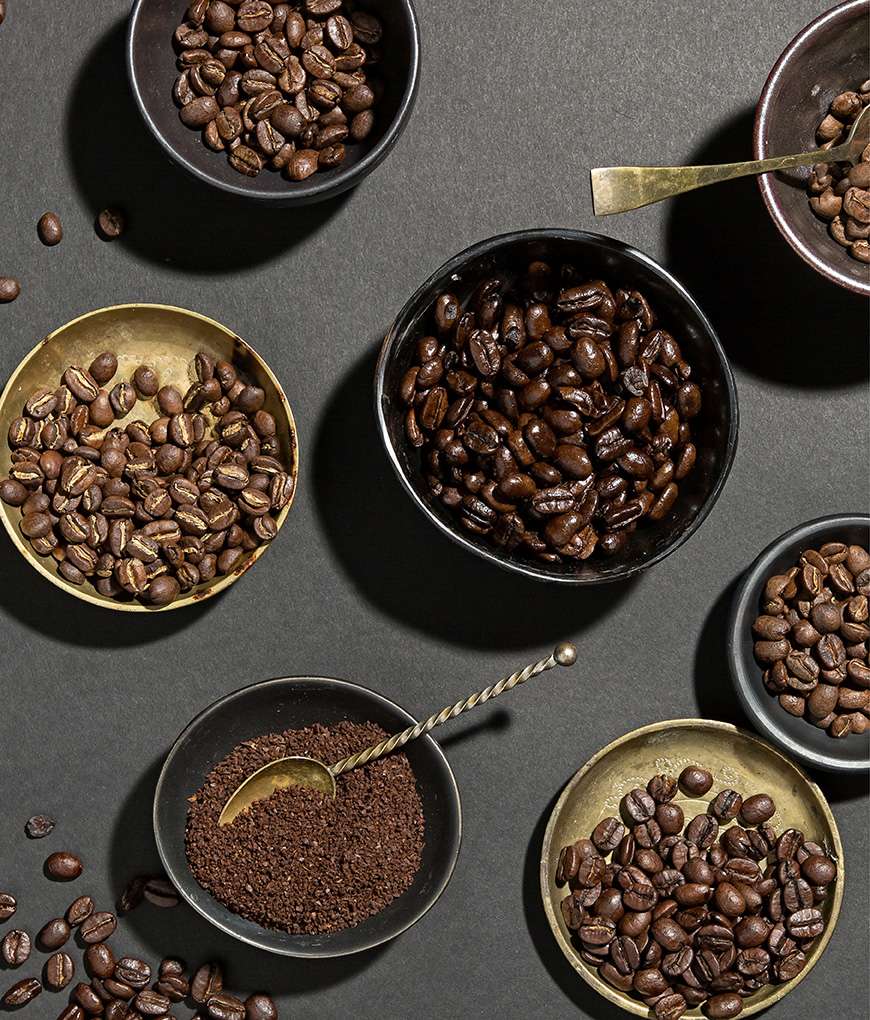BY Morgan Fecto
Wine experts wow us with their ability to discern passion fruit or wet concrete after getting nose-deep in a glass of Sauvignon Blanc. But what about coffee experts? Just like grapes, coffee varieties have incredibly nuanced flavor profiles that beg to be analyzed and explained, and when they are, environment comes up a lot. That’s because “terroir,” as it’s called by wine and coffee professionals, can make a bean harvest taste acidic or floral, bright or earthy. It’s the reason coffee grown in Brazil can seem nutty while coffee from Indonesia often boasts smoky undertones.
Here, we’ve outlined the essence of several coffee varieties, and crafted a few sous vide recipes to showcase global flavors that’ll fit perfectly on your holiday table.
COLOMBIAN
You wouldn’t expect roasted beans to taste like ripe fruit, but Colombian coffee varieties do. Colombia has two four-month coffee harvest seasons due to its proximity to the Equator, which may account for its coffee’s fresh and juicy taste year-round.
HONDURAN
Most Honduran coffee is nutty and mild—the right profile for blending with other varieties. Recently though, specific “microlots,” or small harvests, have affirmed Honduras as a standout among Central American coffee growers. Some varieties have a syrupy body, and flavors can range from apricot to green tea.
INDONESIAN
Indonesia’s coffee is resoundingly earthy—Sumatran coffee especially. Experts have called coffee from the island of Sumatra “meaty,” “stouty,” and “smoky.” Flavor profiles are also shaped by the harvest’s climate zone, which can be either above or below the Equator in Sumatra.
ETHIOPIAN
Ethiopia is Arabica coffee’s hub. It grows naturally there, so coffee varieties are diverse and easier to cultivate. While biodiversity results in sprawling flavor differences between varieties, processing can impart either a dense, fruity flavor or dry, floral flavor in a single variety.
GUATEMALAN
Like lots of Central American coffee, Guatemalan coffee is both acidic and fruity. Its flavor echos the tart-sweet taste of apple and coexists with a chocolatey smoothness—inspiring many coffee connoisseurs to describe it as “balanced.”
KENYAN
Kenya’s coffee is highland-grown and is often touted as a favorite of coffee aficionados. Two popular varieties, SL-34 and SL-28, were developed by Scott Labs for the Kenyan government to resist drought and other environmental factors. They deliver the most gob-smacking combination of tang and sweet—similar to black currant or tomato.
BRAZILIAN
It’s all about the process with Brazilian beans. Coffee from Brazil is either “natural” (dried with the coffee cherry attached to the seed) or “pulped natural” (dried with some of the inner mucilage caramelizing around the bean). As a result, the coffee boasts a warm sweetness—delicious in espresso blends.

